
The Cancer Control Continuum, also known as the Cancer Care Continuum, has been used since at least the mid-1970s to describe the various points from cancer prevention, detection, diagnosis, treatment, and survivorship.
The cancer control continuum is a useful framework on which to view plans, progress, and priorities. This model helps our faculty members identify research gaps, where we must collaborate with other clinicians and researchers, institutions, and community members to have an impact for patients. This also allows our faculty to understand where more resources may be needed.
View more information about the cancer care continuum through the National Cancer Institute.
Related projects
Explore how our research projects intersect with various points on the cancer continuum. Click on a point in the continuum to view related projects.
View all projects related to the cancer care continuum below.
Prostate Cancer Prospective Cohort
Faculty involved: Bettina Drake, Graham Colditz
The long-term goal of this collaboration between Dr. Drake and The St. Louis Mens Group Against Cancer is to be able to identify patients with increased risk for dying of prostate cancer while they are still treatable.
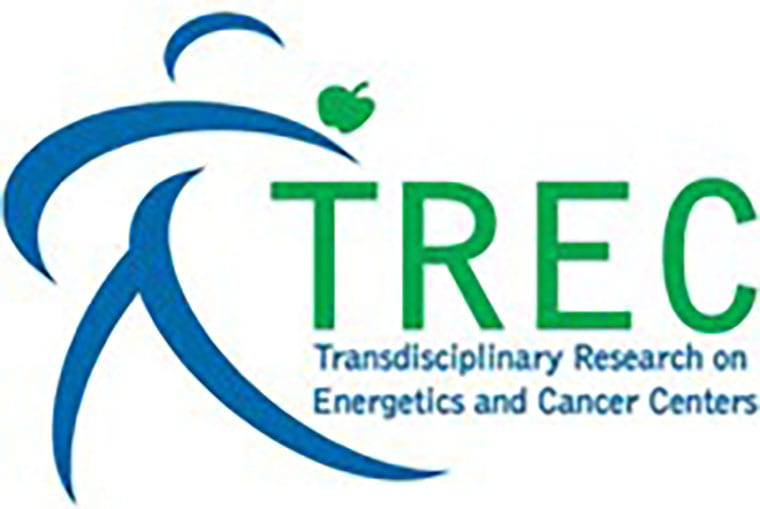
Prostatectomy, Incontinence, and Erectile Dysfunction (PIE) study
Faculty involved: Graham Colditz, Siobhan Sutcliffe, Bettina Drake
The PIE study is a cohort study of prostate cancer survivors who underwent prostate surgery at Washington University School of Medicine and Brigham & Women’s Hospital. These men were followed for one year after their surgery to better understand the natural history of treatment side effects, such as urinary incontinence and sexual dysfunction, and possible factors that influence the natural history of these side effects, such as physical activity and obesity.
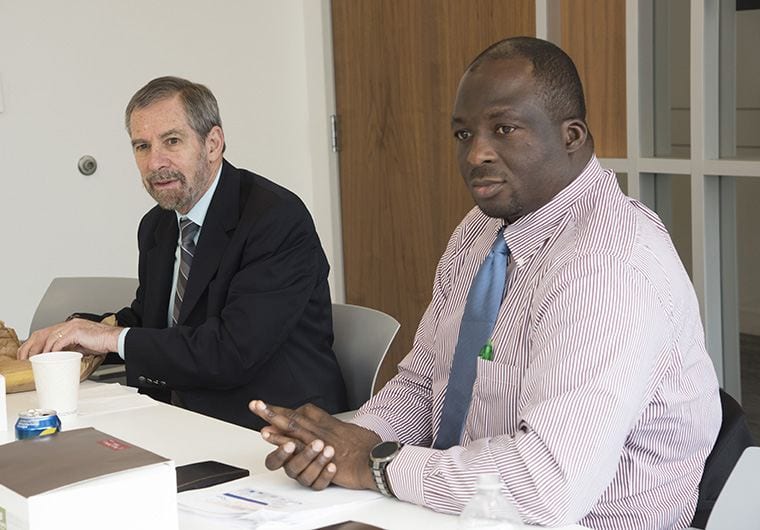
RANK Pathway and Mammographic Breast Density
Faculty involved: Adetunji Toriola, Graham Colditz, Rosy Luo
A very dense breast on mammogram is one of the strongest risk factors for breast cancer, and many women in the United States have extremely dense breasts. There is, however, very limited knowledge on how to modify breast density to reduce breast cancer risk

Siteman Biostatistics Shared Resource
Faculty involved: Feng Gao, Esther Lu, Rosy Luo, Graham Colditz, Siobhan Sutcliffe, Yan Yan
The Siteman Biostatistics Shared Resource (SBSR) facility is a shared resource core supporting consultation on biostatistics and epidemiology. The facility supports cancer research through experimental designs, study monitoring and data analyses.
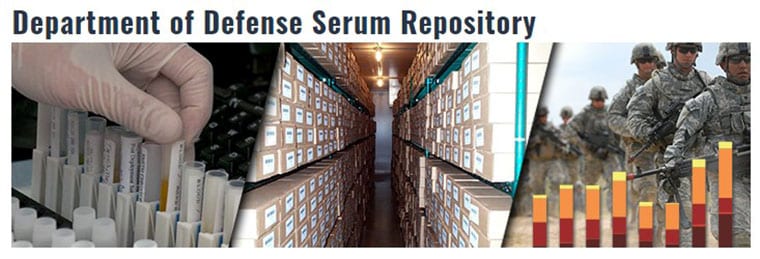
Study of the Influence of Infections on Biomarkers of Prostate Pathology
Faculty involved: Siobhan Sutcliffe
This project, the Department of Defense Serum Repository Study of the Influence of Infections on Biomarkers of Prostate Pathology, is nested within the large population of men on active U.S. military duty with stored blood samples in the Department of Defense Serum Repository. The project examines the short- and longer-term influence of genitourinary and non-genitourinary infections on biomarkers of prostate pathology to inform the possible influence of infections on later prostate cancer risk.
Supporting Cancer Patients Health Insurance Decisions
Faculty involved: Mary Politi, Aimee James, Esther Lu, Jean Hunleth
The goal of this grant from the American Cancer Society is to help cancer patients and survivors choose health insurance plans that best meet their health and financial needs. An existing decision support tool will be tailored based on patient interview data, and the modified tool will be evaluated with a 3-arm randomized trial.

Supporting Decisions About Cancer Clinical Trials in Rural Cancer Centers
Faculty involved: Mary Politi
This project will bring evidence-based decision tools to rural communities and attempt to support rural cancer patients’ participation in clinical trials.
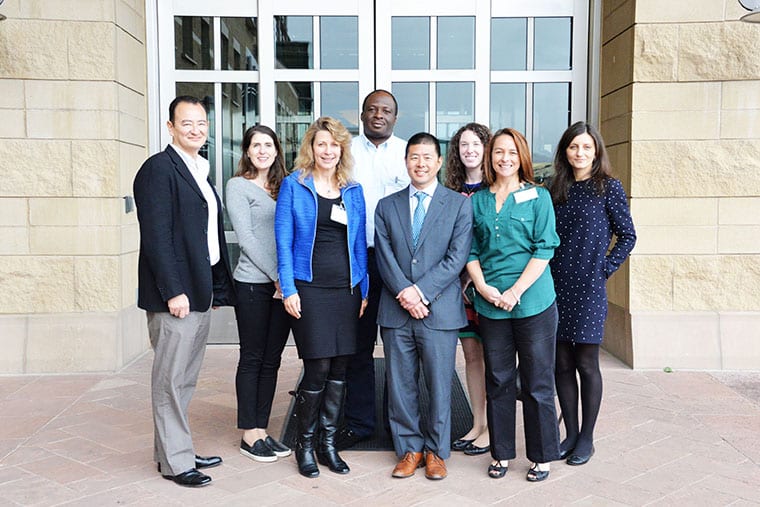
The ColoCare Study
Faculty involved: Adetunji Toriola, Graham Colditz
The ColoCare Study follows a cohort of men and women who have been newly diagnosed with colorectal cancer (stages I-IV). This project’s main interest is in quality-of-life and in rates of cancer recurrence and death.
The New Face of Homelessness: A CRFT Project
Faculty involved: Vetta Sanders Thompson
Alumni of the first Community Research Fellows Training (CRFT) program created this project, which focused on identifying the health needs and concerns of homeless women ages 45-64 living in the St. Louis metropolitan area.
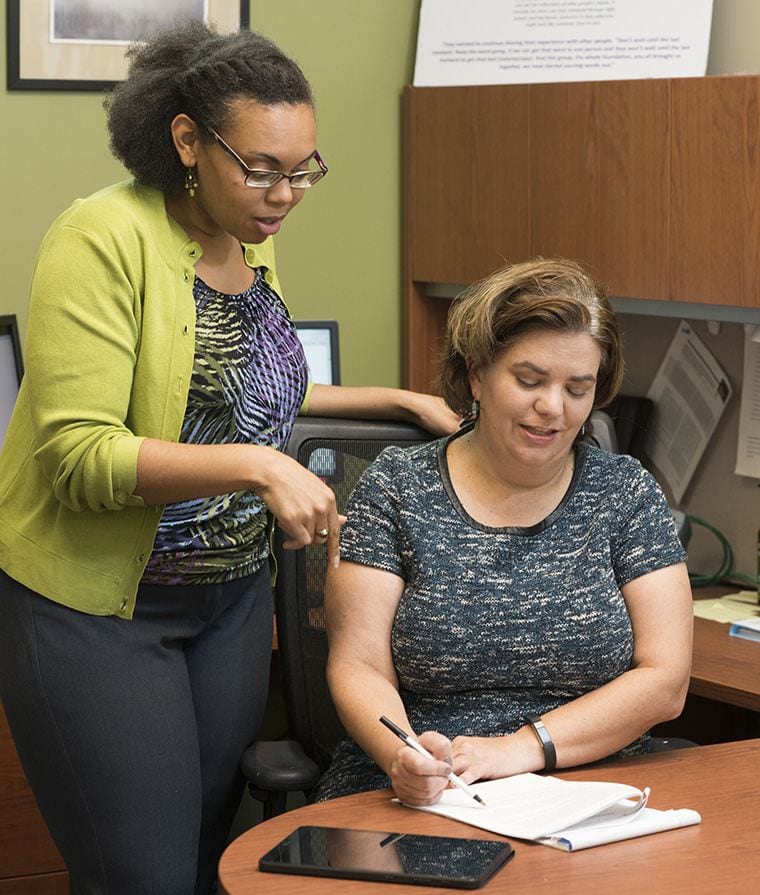
Understanding & Addressing Cost Related Nonadherence to Medication
Faculty involved: Aimee James
Nonadherence can have significant negative health effects for the individual and contribute to increases in hospitalization, healthcare costs, and mortality. Adherence is a complex issue, but cost and affordability of medication is a common and critical barrier.The short-term objective is to identify how patients and healthcare providers approach affordability and adherence and use those data to refine and pilot test an intervention promoting patient-provider discussion about cost, affordability, and adherence. The long- term objective is to deliver interventions to reduce cost-related nonadherence.

Your Disease Risk
Faculty involved: Graham Colditz, Erika Waters, PhD, MPH, Adetunji Toriola, Bettina Drake, Siobhan Sutcliffe, Yikyung Park
Personalized health assessment tool that allows people to see their risk for common chronic conditions, such as diabetes, heart disease, stroke, and cancer risk.




